What Does Dslr Stand For In Cameras
DSLR vs. mirrorless cameras: Which is better for you?

The DSLR vs. mirrorless photographic camera debate might announced to be all but over, only knowing how the 2 formats differ can still help you determine making the correct ownership decision.
In one sense, mirrorless cameras take 'won' the debate, in that very few new DSLRs are at present beingness released. Where once serious photographers ever bought a DSLR, they're now increasingly likely to get mirrorless, and manufacturers have moved with them. In fact, neither Catechism or Nikon has released a new DSLR for two years, with Pentax seemingly the simply major company still committed to the format.
But the DSLR isn't quite expressionless however. Several older models are still available and however well worth considering. New ones could still come from Nikon and Catechism — and will almost certainly come from Pentax. And second-hand models are also well worth a look, especially as prices driblet. And so the DSLR vs mirrorless camera contend isn't quite over yet.
And then, what do you need to know to cull between them? Well, both allow y'all to bandy out lenses and accessories, which makes them more versatile than point-and-shoot, span or instant cameras. In terms of differences, mirrorless cameras tend to be smaller and lighter, on account of not having a beefy mirror inside, while DSLRs typically have more lenses to choice from.
So, which type of camera is best for you? Read this DSLR vs mirrorless guide to find out.
- All-time mirrorless cameras
- Best DSLR cameras
DSLR vs. mirrorless: Cost
When it comes to camera pricing in full general, DSLRs and mirrorless cameras are roughly coordinating, with beginner models starting at around $500, and loftier-end professional rigs costing upwards of $2,000.
Cameras aimed at beginner and intermediate shooters will generally come with a "kit" lens — i that's pretty proficient for most purposes. Cameras aimed at pros will be sold "trunk but," i.e., without a lens, and then you lot'll have to gene that into your budget, as well. And lenses can cost a lot.
It'due south likewise worth noting that you'll frequently detect the best deals on cameras a year or two old, as companies look to clear out stock for newer models. Don't exist concerned by the fact that they're not the latest model — things don't move that quickly in the photographic camera earth, and these cameras volition still be by and large very expert in most areas. They're definitely worth considering, especially if you're new to the market.
Winner: Draw
DSLR vs. mirrorless: Key differences
For the most part, DSLRs use the same design as the 35mm movie cameras of days gone by, with an image sensor occupying the identify where film would accept resided.
A mirror inside the camera torso reflects light coming in through the lens upwardly to a prism (or additional mirrors) and into the viewfinder so y'all can preview your shot. When you printing the shutter button, the mirror flips upwards, the shutter opens and the light hits the image sensor, which captures the final image.
Our top DSLR pick for beginners is the budget-friendly Catechism EOS Insubordinate SL3 / 250D, which costs around $550 depending on the lens that comes with the kit.
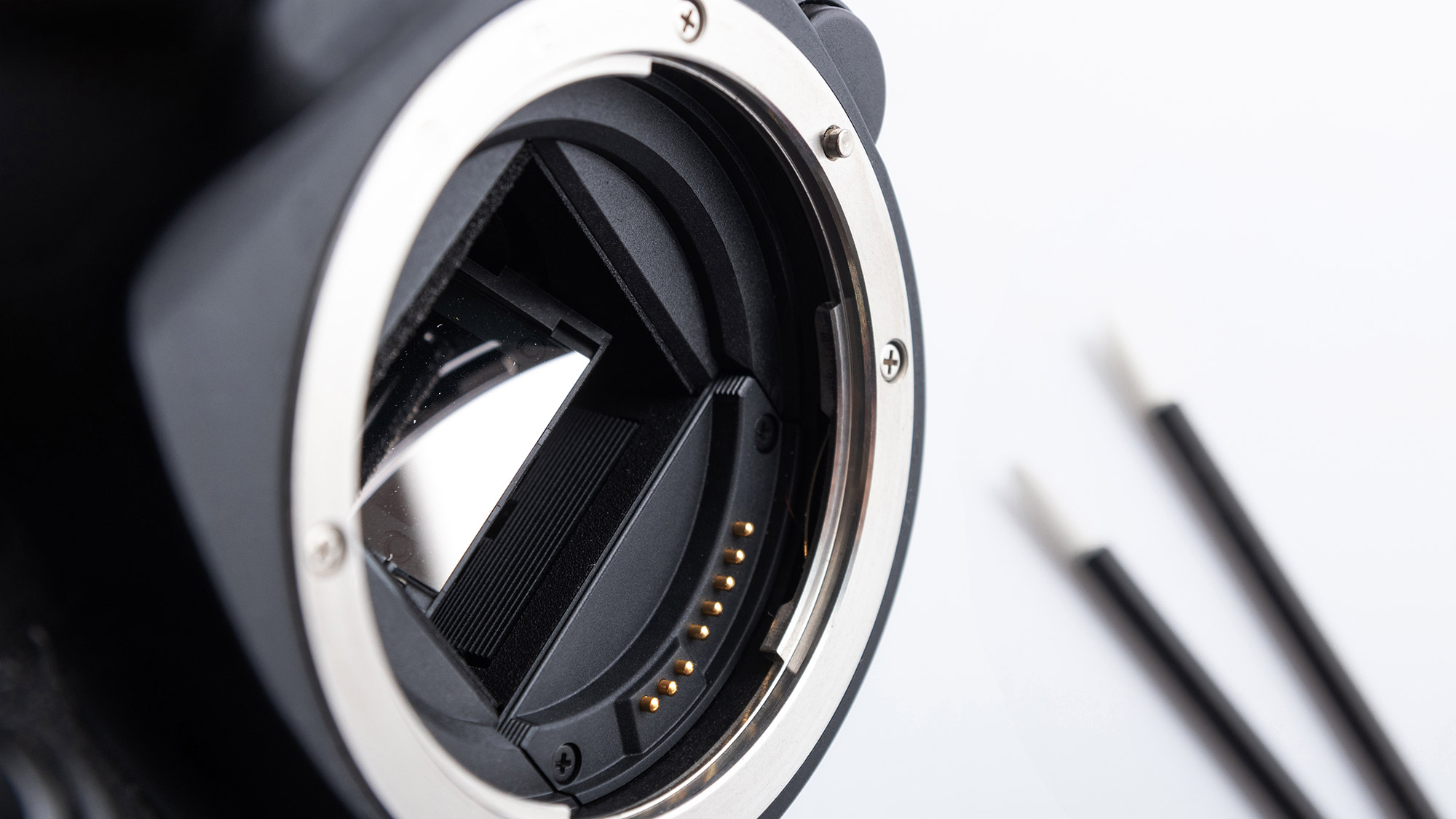
In a mirrorless camera, light passes through the lens and right onto the image sensor, which captures a preview of the image to display on the rear screen — just every bit a smartphone camera does.
Some models also offer a second screen via an electronic viewfinder (EVF) that yous can concord upwardly to your center for a ameliorate view when you're in bright sunlight. Our instance of a mirrorless camera, i of our favorites, is the Sony a6100 (around $750 with kit lens).
DSLR vs. mirrorless: Size & weight
DSLR photographic camera bodies are insufficiently larger, as they need to fit in a mirror and optical viewfinder mechanism. The body of the Nikon D5600, for example, is a rather bulky two.8 inches deep earlier y'all put the lens on the front end. With the 18-55mm kit lens, the photographic camera weighs about 1.4 pounds.
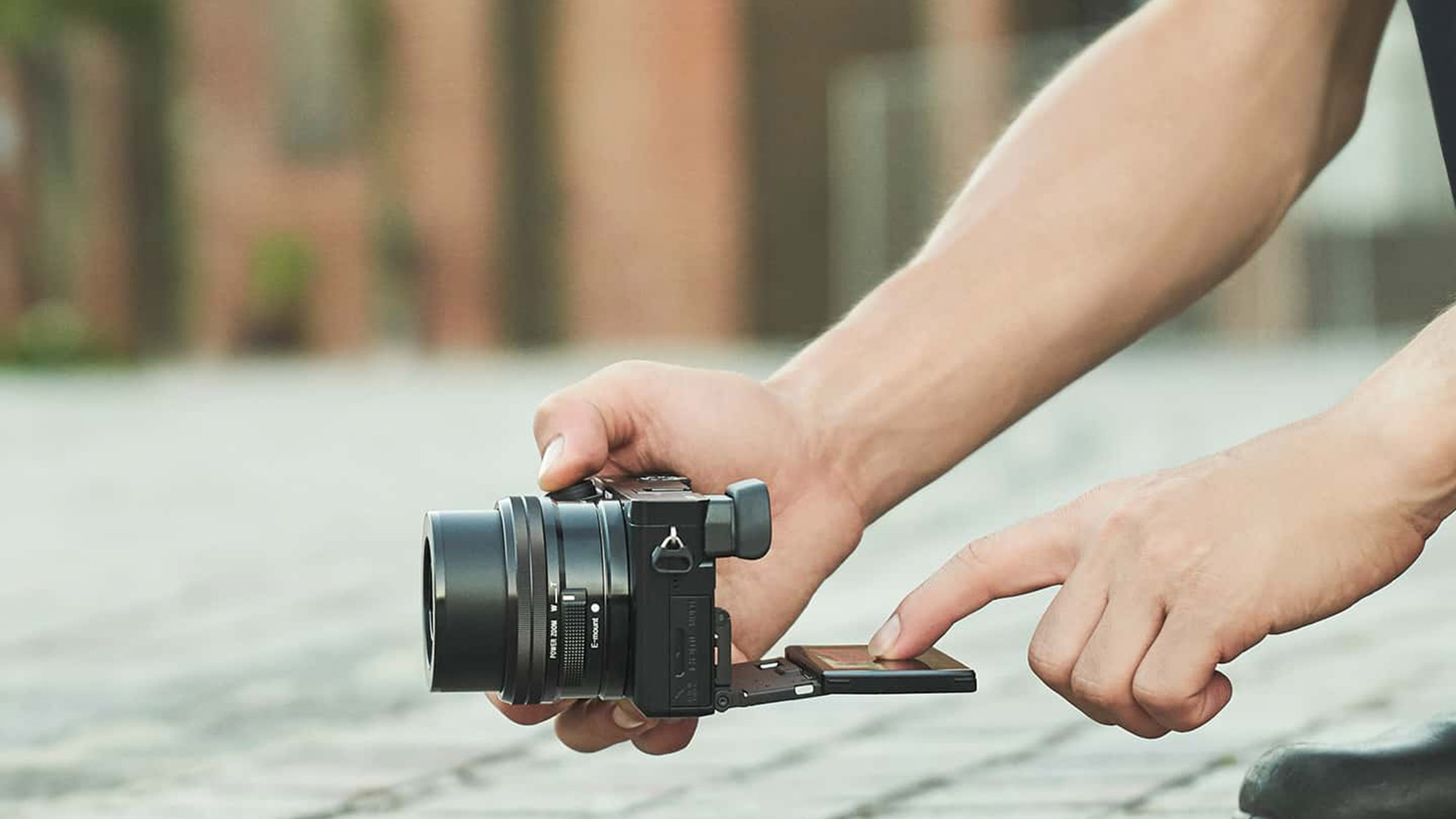
A mirrorless camera body tin can be smaller than a DSLR, with simpler construction. The Sony a6100 has a body but one.6 inches thick and weighs i.3 pounds with its 16-50mm kit lens. That'south compact enough to fit in a coat pocket or a small purse.
It should be noted, though, that some of the newer mirrorless cameras — especially those that have full-frame sensors — are nearly as large and heavy as some DSLR cameras, so the savings in size and weight is negligible.
Winner: Mirrorless camera
Yous can conduct a mirrorless photographic camera more easily and fit more gear, such as actress lenses, into a photographic camera bag.
DSLR vs. mirrorless: Autofocus speed
DSLRs used to have the advantage hither, because they use a technology called phase detection, which quickly measures the convergence of 2 beams of lite. Mirrorless cameras were restricted to a technology chosen dissimilarity detection, which uses the image sensor to notice the highest contrast, which coincides with focus. Contrast detection is slower — especially in low light — than phase detection.
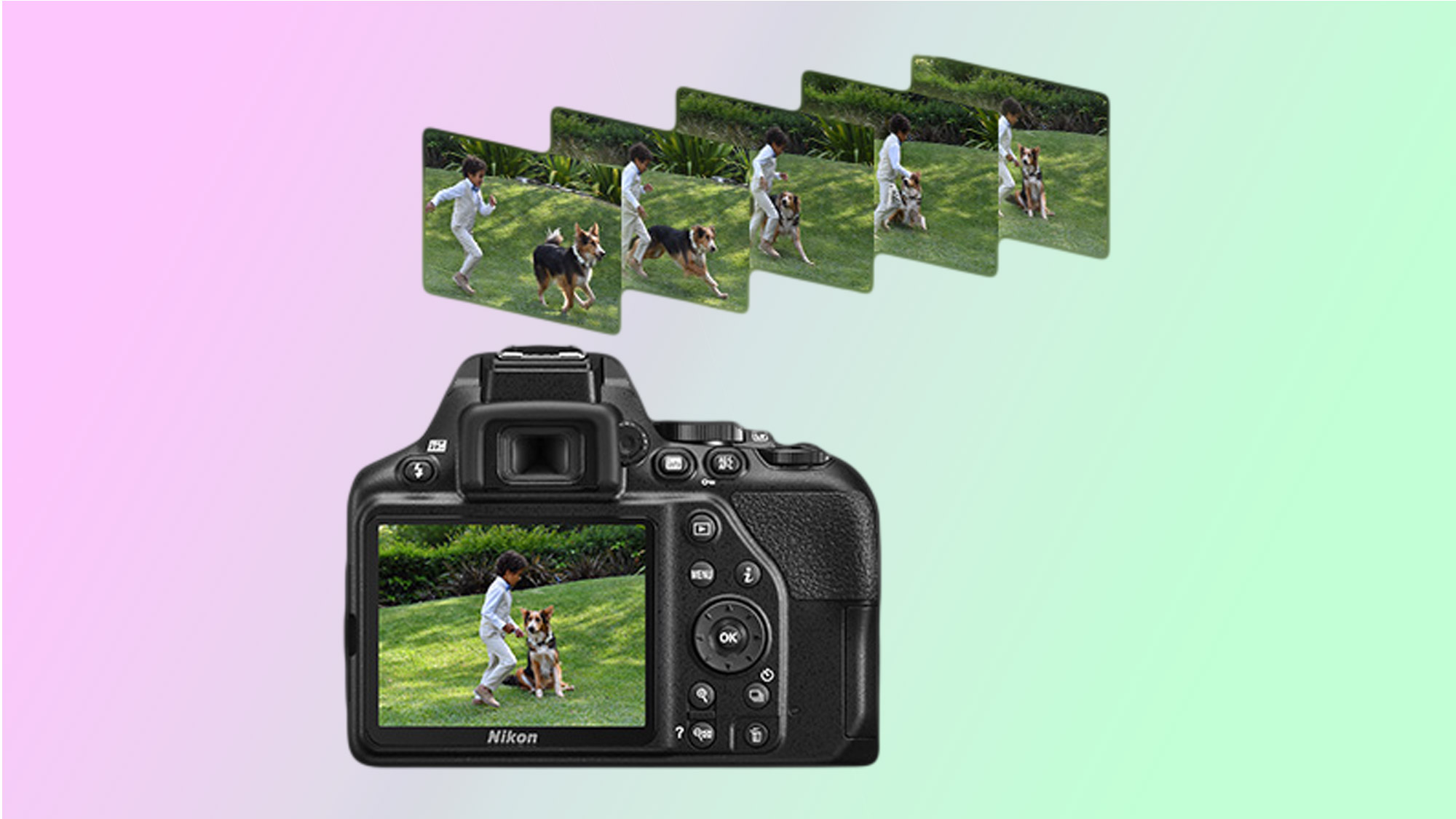
Those distinctions are essentially over now. Nearly all mirrorless cameras (likewise as the all-time camera phones) now have both phase- and contrast-detection sensors built into the image sensor. The Sony a6100, for case, has 425 phase-detection autofocus points on its image sensor, forth with 425 dissimilarity-detection points. The Nikon D3500 has xi large phase-detection sensors in its separate AF sensor and uses the entire epitome sensor for dissimilarity detection. Newer Canon DSLRs (and the high-end Nikon D780) place phase-detection sensors right on the main prototype fleck, along with the contrast-detection sensors, allowing them to function like a mirrorless camera with a live on-screen preview and fast autofocus.
DSLRs tin can mimic a mirrorless camera by raising the mirror and showing a live preview of the prototype (usually called Live View way). Nearly depression-cost DSLRs are wearisome to focus in this mode, though, every bit they don't have the hybrid on-chip phase-detection sensors and take to employ slower contrast detection to focus.
Winner: Describe
Both types offering speedy autofocus using ever more than similar technologies. If you are shooting video with a DSLR, be sure to find a model that has on-scrap phase-detection sensors.
DSLR vs. mirrorless: Previewing images
With a DSLR, the through-the-lens optical viewfinder shows you lot exactly what the photographic camera volition capture. With a mirrorless camera, you lot get a digital preview of the image on-screen. Some mirrorless cameras offer an electronic viewfinder (EVF) — a small, high-resolution screen in an eyepiece that simulates the optical viewfinder of a DSLR.

When you're in skilful low-cal, the preview on the screen or EVF of a mirrorless camera will look close to the concluding epitome. Just in situations where the photographic camera is struggling (such as in depression low-cal or with fast-moving subjects), the preview volition suffer, becoming tedious, grainy and jerky. That'south because the mirrorless camera has to irksome down the speed at which information technology captures images to grab more light, but still has to prove you a moving preview. A DSLR, by contrast, reflects the light straight to your heart.
Withal, 1 benefit to EVFs on mirrorless cameras is that they can give you a preview of what the last image will look like before you really take the picture. If y'all change the shutter speed or the aperture, for case, what you lot run across on the EVF will change accordingly. Meanwhile, since a DSLR's optical viewfinder reflects low-cal without altering the image, you are more reliant on the photographic camera'due south metering and your experience when information technology comes to predicting what your last results will expect similar.
Then, if you are shooting by and large in good lite, both types will perform well. If you are oft shooting in low low-cal or other challenging weather, though, a DSLR volition be easier to shoot with.
Winner: Depict
For many situations, both types of cameras provide you with very capable image previews.
DSLR vs. mirrorless: Paradigm stabilization
Shaky hands make for blurry pictures, and the effects are magnified the longer your shutter speed, or the more than yous zoom in. Both DSLR and mirrorless cameras offering image-stabilization systems: sensors measure camera movement, and the camera slightly shifts either part of the lens or the image sensor in a direction that's opposite to the shake.

DSLRs and almost mirrorless cameras are limited to the lens-shift method, which allows them to annul milk shake along two axes: vertical (straight up or downwards) and horizontal (side to side). Some mirrorless cameras motility both the lens chemical element and the sensor along two axes in a synchronized pattern for fifty-fifty greater stability.
We accept found that the differences between these approaches are minimal. The master reward of sensor stabilization is that it works with all lenses, even older or cheaper lenses that don't provide their own stabilization. Either way, most modern cameras tin deal with a small amount of photographic camera shake to produce a sharper moving picture, only can't compensate for larger movements.
However, at that place are a few exceptions. Higher-end mirrorless cameras such as the Olympus OM-D EM-5 Marker III, the Sony a6500 and Sony a6600 offer in-body five-axis paradigm stabilization, which is a characteristic not however institute on near DSLRs — though the Pentax K1 serial, does have information technology, as does the new Pentax One thousand-3 III. They shift the sensor to compensate for movement not only on the vertical and horizontal axes but likewise forth three other axes: pitch (tilting up and down), yaw (turning side to side) and roll (rotating).
In-trunk five-axis stabilization is superior to other methods and extremely helpful when shooting from a moving position, such every bit a auto, helicopter or boat. It also produces much steadier footage for handheld video shoots.
Winner: Mirrorless
Five-centrality image stabilization gives mirrorless cameras the edge over most DSLRs — in the more than expensive models that have it. Simply in entry-level cameras, both mirrorless and DSLRs tend to use similar in-lens stabilization.
DSLR vs. mirrorless: Image quality
Both types of camera can take high-quality pictures, with similar resolutions and amounts of graininess, known as noise. Mirrorless cameras traditionally had smaller prototype sensors, which used to mean lower quality (equally they couldn't capture as much low-cal), just that is no longer the example. Camera manufacturers take learned to produce more than sensitive fries and to ameliorate suppress dissonance from small sensors.
Furthermore, several mirrorless camera makers now use larger image sensors. Sony and Catechism, for example, make mirrorless cameras with the same APS-C size sensors found in the majority of DSLRs.
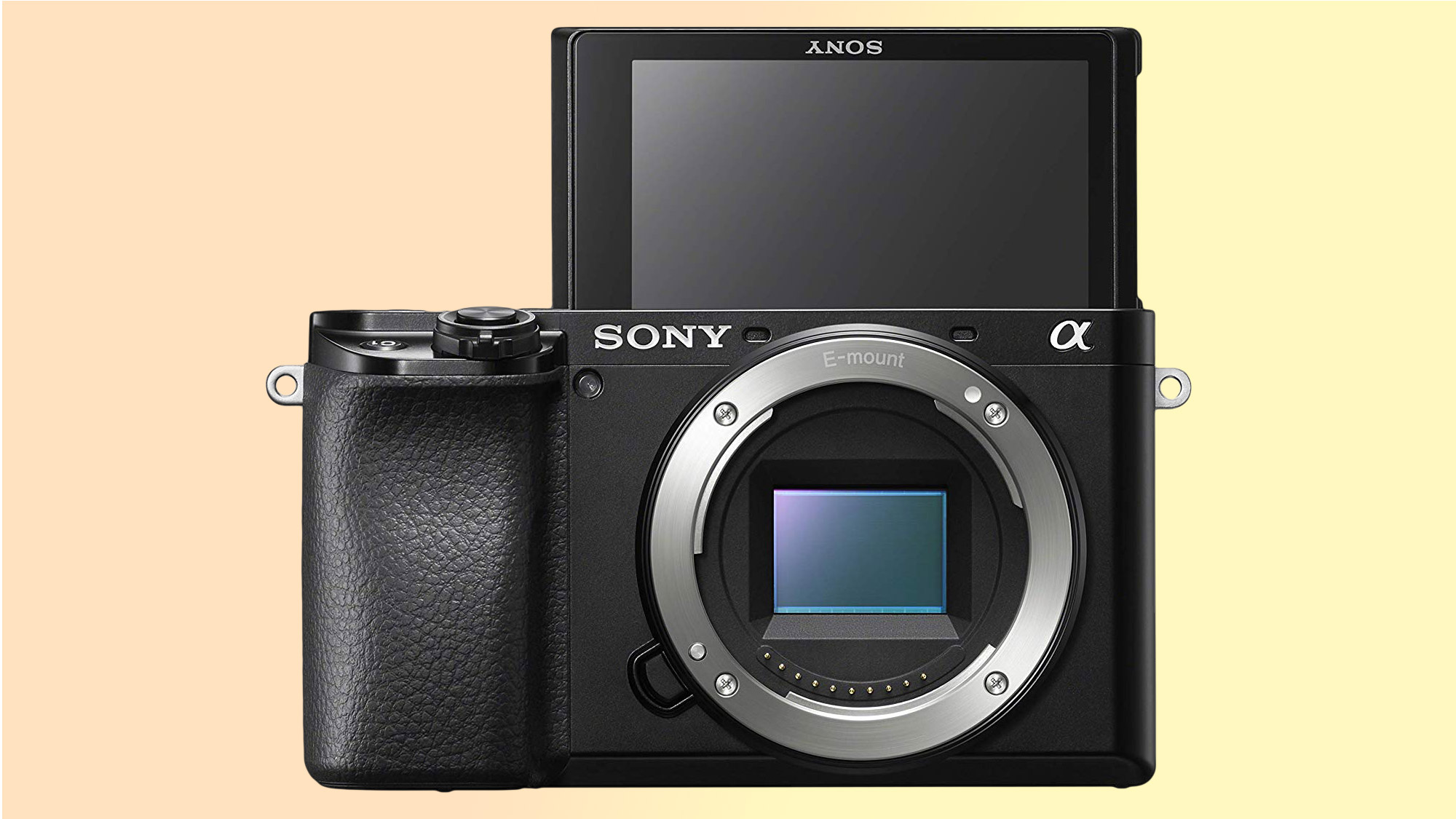
In that location are also a number of full-frame mirrorless cameras that have the same size sensor (35mm) that's plant in premium DSLR cameras. Sony's A7 line pioneered this, but now Canon and Nikon besides have full-frame mirrorless models. Fujifilm even makes several mirrorless cameras, the GFX series, that take a bigger-than-full-frame Medium Format sensors — but these start at a pricey $three,500 and aren't aimed at beginners.
Winner: Draw
With equivalent sensors and image processors, both camera types can have great photos.
DSLR vs. mirrorless: Video quality
Autofocus is the central differentiator for video. Typically, mirrorless cameras have had the advantage, since they were more likely to have on-chip stage-detection focus sensors. Most DSLRs still can't use stage detection with the mirror up while recording video, so they have to employ the slower, less authentic, contrast-detection focus method. This leads more often to the familiar blurry look in the middle of a video, when the camera starts hunting for the right focus. Yet, Canon began changing the dynamic a few years ago past adding on-sensor stage detection, starting with the Catechism 80D and theCatechism EOS Rebel T7i. Nikon has just started introducing on-sensor phase detection in its higher end of cameras.
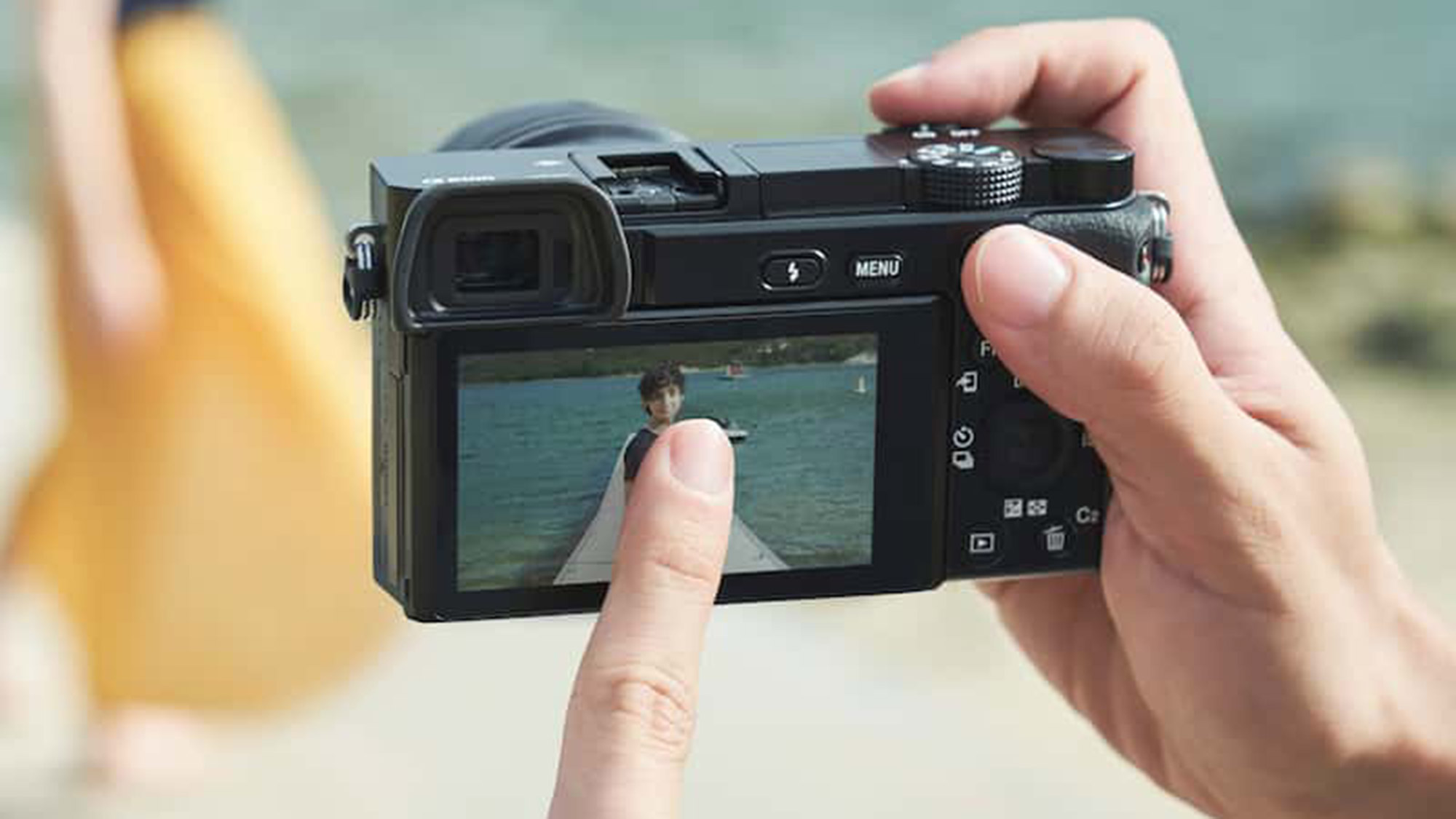
Both camera types have also been making the move to 4K, or Ultra HD, video with four times the resolution of HD footage. Sony, for instance, now has 4K in its base mirrorless model, the a6100, and Canon has equipped its beginner-oriented Rebel T8i with 4K capture.
Winner: Mirrorless
With superior autofocus in more models, mirrorless cameras provide the best results for almost filmmakers.
DSLR vs. mirrorless: Shooting speed
Both camera technologies can shoot at very fast shutter speeds and capture a outburst of images speedily. With the exception of high-end DSLRs, mirrorless cameras accept an border, though: the lack of a mirror makes information technology easier to take prototype after image. Although they don't have mirrors, most mirrorless cameras nonetheless employ a mechanical shutter that lifts to expose the image, equally information technology produces better results. They also take the option of using an electronic shutter (just setting how long the sensor reads the low-cal), which means they can shoot more chop-chop and silently.
Winner: Mirrorless
The simpler mechanics of mirrorless cameras allow them to shoot more photos per second.
DSLR vs. mirrorless: Bombardment life
More often than not, DSLRs offer longer battery life, equally they tin shoot without having to provide live view on an LCD screen or an electronic viewfinder, both of which consume a lot of power.
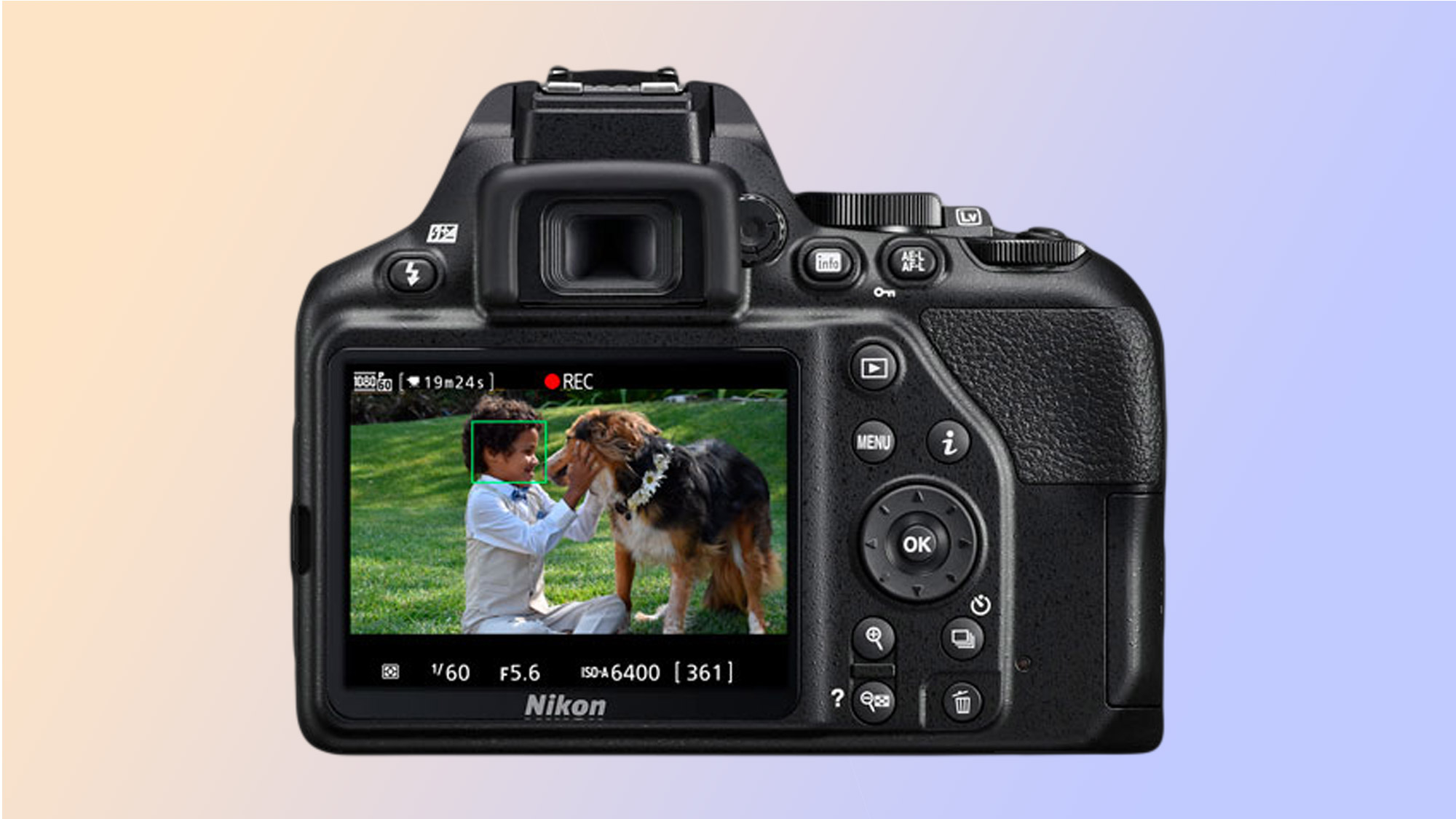
That said, mirrorless camera battery life is improving. For case, the Sony a6000, which debuted in 2014, is rated for 360 shots per charge (when using the LCD preview). Its successor, the a6100, is rated for 420 shots from the same battery.
But they still tin can't touch on DSLRs. The entry-level Nikon D3500, for instance, is rated for a whopping i,550 shots per charge. If y'all opt for a mirrorless camera, you might want to consider besides buying a second bombardment.
Winner: DSLR
DSLRs offer the ability to shoot without using the LCD screen or EVF, which can extend the battery life considerably.
- How many megapixels do yous really demand?
DSLR vs. mirrorless: Lenses & accessories
Choosing a DSLR gives you access to a plethora of lenses from a number of manufacturers, ranging from cheap and satisfactory to professional and wildly expensive. Mirrorless models are more restricted, offer access to a small number of lenses from the camera maker, though the option is growing. Equally they have been around longer, DSLRs tend to take a ameliorate selection of other accessories, such equally speedlights (flashes).
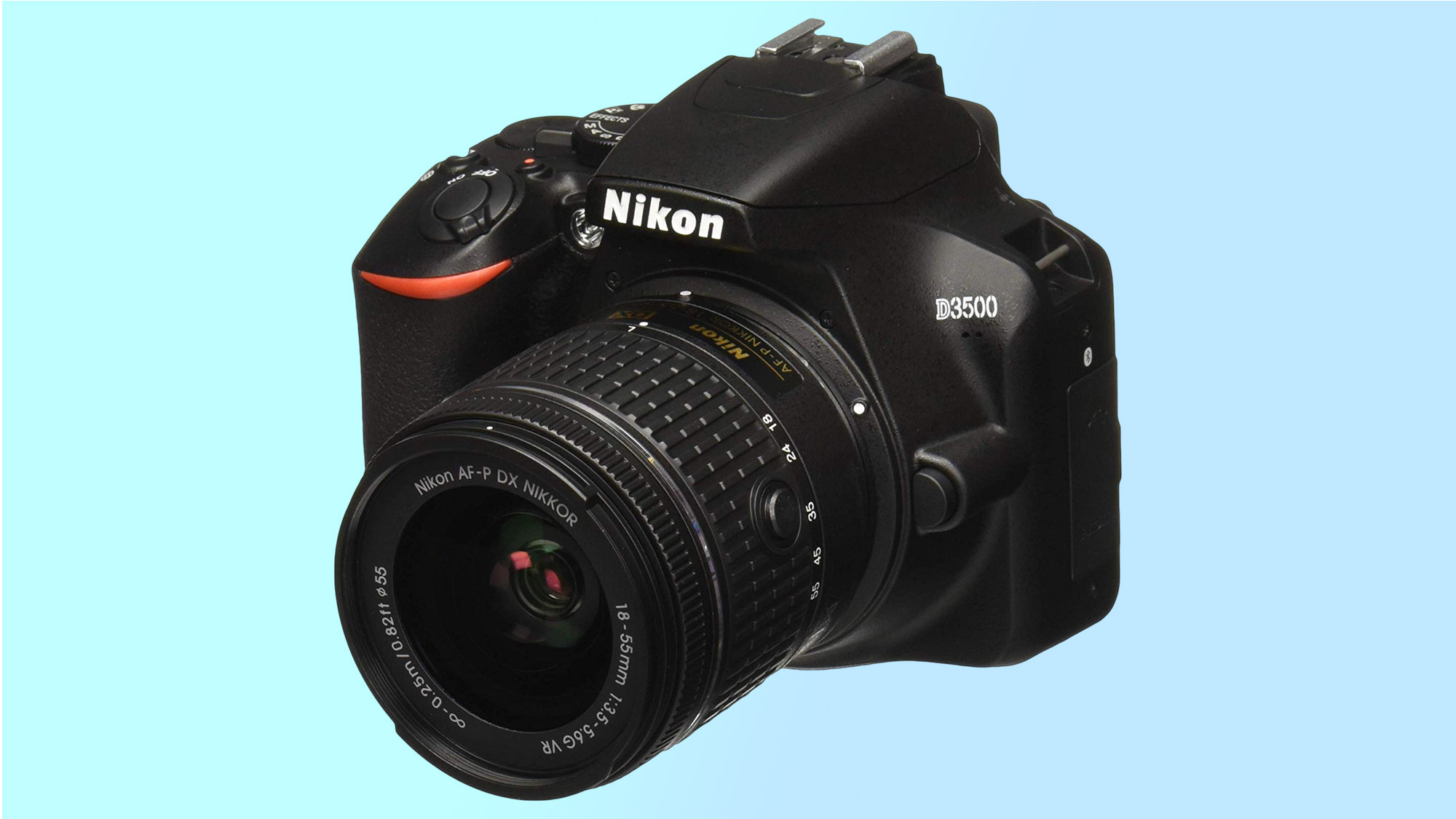
The divergence is specially stark among traditional camera makers. Catechism has hundreds of lenses available for its DSLR cameras (as does Nikon). However, right now, Canon has only eight Thou-series lenses available for its lineup of mirrorless cameras; Nikon has 16 lenses for its Z series of mirrorless models. Third-party lens makers such as Sigma and Tamron take also been making lenses for Catechism and Nikon SRLs and DLSRs for many years. Proceed in mind, though, that some of these SLR lens models are quite onetime and may not be platonic for a modernistic DSLR. Some may not support autofocus, for instance.
The mirrorless lens pick is better for companies that focus on the technology. Sony, for instance, now has nigh 50 E-mount lenses for its mirrorless models. Panasonic and Olympus, which share the Micro Four Thirds sensor format, each brand about 40 lenses that tin can be used on cameras from either maker, and Fujifilm has most thirty lenses for its X-organization of mirrorless cameras. Third-political party lens makers as well produce a good selection for the Sony and the Olympus/Panasonic lens mounts.
In addition, you tin can generally purchase adapters to use DSLR-size lenses on a mirrorless camera that's made by the same manufacturer (such as for Canon or Sony). But that ofttimes comes at a price of altering the focal length and zoom characteristics and sometimes disabling or slowing functions such every bit autofocus.
Winner: DSLR
DSLRs all the same offering access to a wider range of lenses, but the gap between the ii types is narrowing quickly as more than mirrorless lenses become available.
DSLR vs. mirrorless: Immovability
If you regularly venture off the beaten path, it's worth looking at a model that adds an extra level of protection. Entry-level cameras of either type often come with plastic bodies that are strong enough for casual use but may non hold up well if they get tossed effectually, say, for extended backcountry trips.
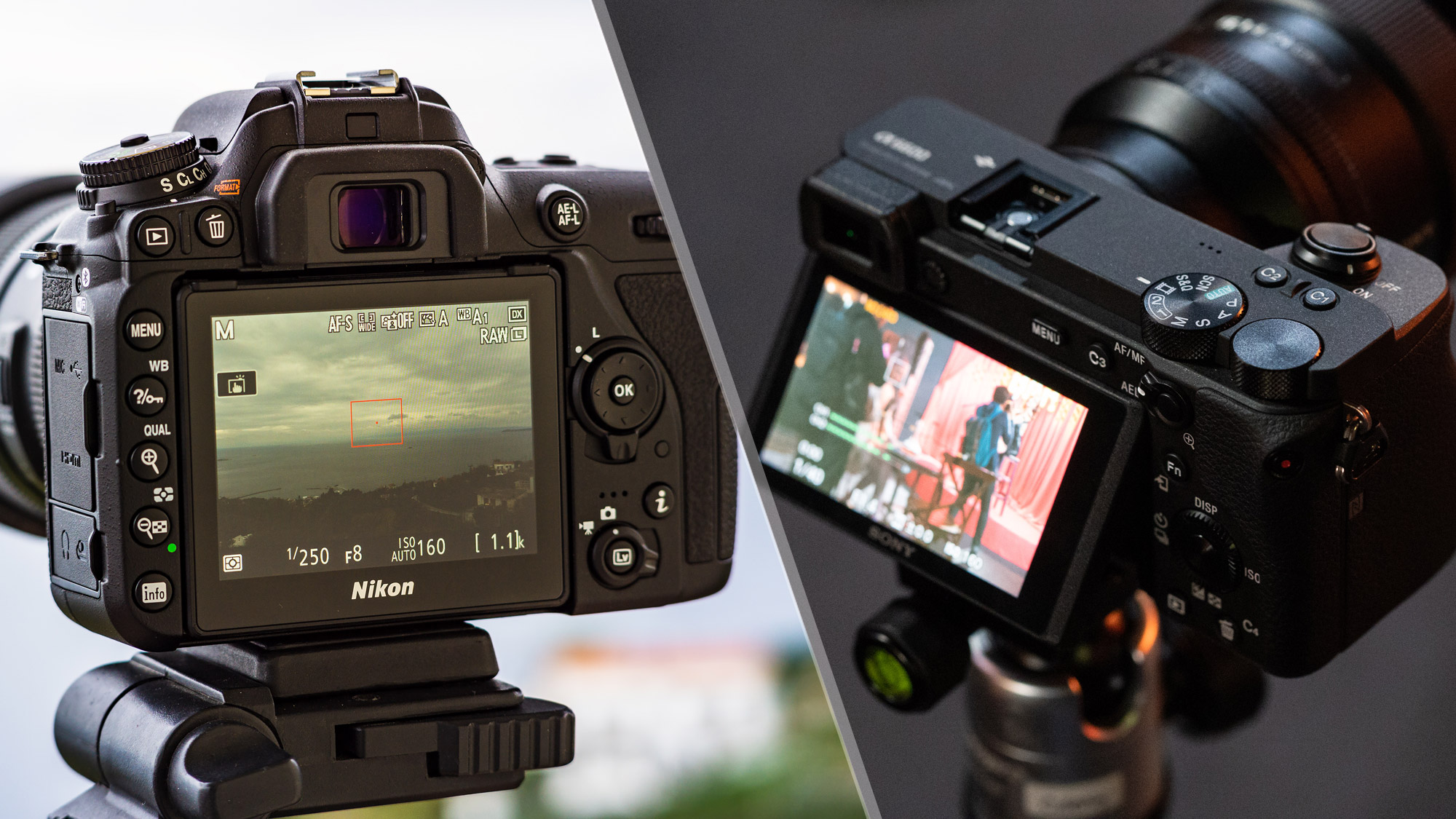
The next step up in durability is an blend torso that tin better withstand bumps and scrapes. The Sony a6100, for instance, has a magnesium-blend body. The Canon EOS 90D has an aluminum-alloy torso.
Total weather condition sealing will keep out corrosive dust and fifty-fifty rain. You lot tin get this in mirrorless cameras such as the Sony a6600 or the Olympus OM-D Eastward-M5 Mark Iii. DSLRs tend to reserve total weather sealing for their very high-end models, such as the Nikon D780. But there are some exceptions, like the plastic-body Nikon D7500.
Winner: Draw
Both camera types offer models that are hardened against the elements, although mirrorless cameras tend to offer immovability at lower entry prices.
DSLR vs. Mirrorless: Bottom Line
DSLR vs. Mirrorless: Verdict
| DSLR | Mirrorless | |
| Size & Weight | ✓ | |
| Autofocus Speed | ✓ | ✓ |
| Previewing Images | ✓ | ✓ |
| Image Stabilization | ✓ | |
| Image Quality | ✓ | ✓ |
| Video Quality | ✓ | |
| Shooting Speed | ✓ | |
| Bombardment Life | ✓ | |
| Lenses & Accessories | ✓ | |
| Durability | ✓ | ✓ |
| Total | 6 | 8 |
Mirrorless cameras have the reward of usually being lighter, more compact, faster and better for video; but that comes at the cost of access to fewer lenses and accessories. For DSLRs, advantages include a wider selection of lenses, generally amend optical viewfinders and much better battery life.
For beginners, mirrorless cameras are oftentimes a better choice due to their more compact size and simpler controls. Mirrorless cameras are too more probable than a similarly priced DSLR to have a touchscreen and thus are more similar using a smartphone photographic camera.
While mirrorless cameras come up out ahead overall, user experience is a critical gene in picking a photographic camera. DSLRs have a heft and solidity that some photographers find reassuring. And the ability to look direct through the lens could be the decisive factor for certain shooters (especially compared with some entry-level mirrorless cameras that don't have an electronic viewfinder). Before you buy, you should try out each blazon of camera; the 1 that feels best is the correct pick for you. Simply whichever kind you buy, you'll be able to capture great photos.
Be sure to cheque out all of our camera picks:
Best cameras | Best DSLR cameras | Best action cameras | Best waterproof cameras | Best point-and-shoot cameras | Best instant cameras | All-time mirrorless cameras | Best cheap cameras | Best GoPro camera | Best GoPro accessories | Best drones | Best 360 cameras | Best iPhone lenses | All-time iPhone tripods | All-time Nikon accessories | Best Sony a6000 accessories
The all-time apps and software for editing, managing, and sharing your photos:
Best photo organizer apps | All-time photo storage sites | All-time photo editing software | Best photograph editing apps | Best photo collage apps
Source: https://www.tomsguide.com/face-off/dslr-vs-mirrorless-cameras
Posted by: smithpolornet.blogspot.com


0 Response to "What Does Dslr Stand For In Cameras"
Post a Comment